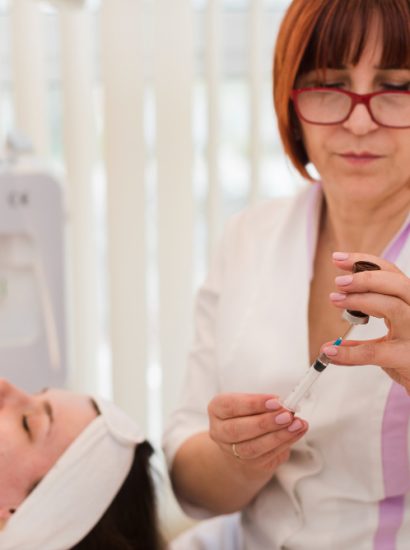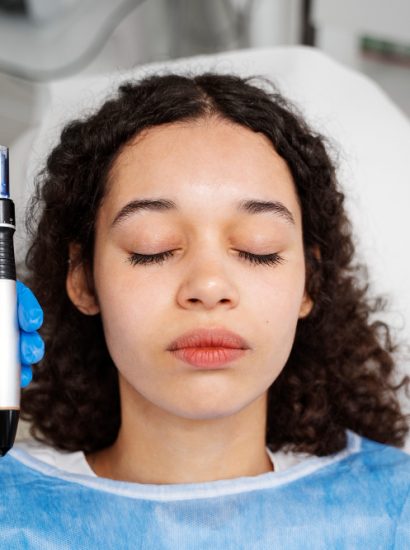Introduce the concept of energising face masks and the benefits of using DIY recipes with locally sourced ingredients in Singapore.
Energising Face Masks:Benefits of DIY Face Masks
Discuss the advantages of making your own face masks, such as cost-effectiveness and customization.
Energising Face Masks:Energising Ingredients Found Locally
Highlight popular local ingredients known for their energising properties, like honey, cucumber, and aloe vera.
Recipe 1: Honey and Lemon Energising Mask
Provide a step-by-step guide on how to make and apply this mask, emphasizing its benefits for brightening and revitalizing the skin.
Recipe 2: Cucumber and Mint Cooling Mask
Detail the preparation process and application tips for this refreshing mask, ideal for hot and humid climates.
Energising Face Masks:Recipe 3: Papaya and Pineapple Enzyme Mask
Explain how to create this enzymatic mask, known for its exfoliating and brightening effects, suitable for dull skin.
Recipe 4: Green Tea and Rice Flour Detox Mask
Discuss the detoxifying properties of this mask and how it helps to clarify and energise tired skin.
Recipe 5: Turmeric and Yogurt Glow Mask
Explore the benefits of turmeric and yogurt for glowing skin, along with precautions for sensitive skin types.
Recipe 6: Avocado and Oatmeal Hydrating Mask
Guide readers through making a hydrating mask with avocado and oatmeal, perfect for dry or dehydrated skin.
Recipe 7: Coconut Oil and Coffee Scrub Mask
Detail the process of creating a scrub mask using coconut oil and coffee grounds, focusing on its exfoliating and energising properties.
Recipe 8: Banana and Honey Nourishing Mask
Explain how to make a nourishing mask with banana and honey, beneficial for moisturising and rejuvenating tired skin.
Recipe 9: Pineapple and Yogurt Brightening Mask
Describe how to prepare a brightening mask with pineapple and yogurt, highlighting its ability to refresh and illuminate the complexion.
Recipe 10: Aloe Vera and Green Tea Soothing Mask
Provide instructions for making a soothing mask with aloe vera and green tea, perfect for calming irritated or sensitive skin.
Conclusion
Summarise the benefits of using DIY energising face masks with local ingredients, encouraging readers to incorporate these recipes into their skincare routines.
FAQs
1. What are the benefits of using DIY energising face masks?
- DIY energising face masks offer several benefits:
- Cost-effectiveness: They are often more affordable than commercial masks.
- Customization: You can tailor ingredients to suit your skin type and concerns.
- Freshness: Using fresh, natural ingredients ensures potent and effective skincare.
- Sustainability: Reduces packaging waste associated with single-use products.
2. How often should I use these DIY masks?
You can use DIY masks 1-2 times per week, depending on your skin’s needs. Avoid overuse, especially if your skin is sensitive, and always patch-test new ingredients.
3. Are these DIY masks suitable for all skin types?
Most DIY masks can be adapted for various skin types. However, those with sensitive skin should be cautious with ingredients like citrus or strong acids. Modify recipes to suit your skin’s tolerance levels.
4. Can I store leftover masks for future use?
It’s best to use DIY masks immediately for maximum potency and freshness. If you must store leftovers, refrigerate them in an airtight container and use within 1-2 days.
5. What should I do if I have a reaction to a DIY mask?
If you experience any irritation or allergic reaction, immediately remove the mask with lukewarm water and discontinue use. Rinse thoroughly and apply a soothing, fragrance-free moisturizer. Consult a dermatologist if symptoms persist or worsen.
Also : ANTI-PIGMENTATION CREAM: TOP 10 SOLUTIONS FOR A RADIANT COMPLEXION





